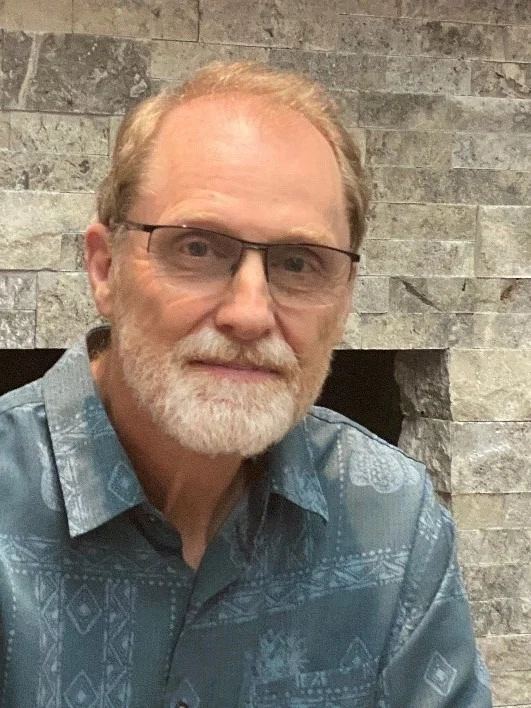Look for the best in others – it’s good for you!!
-look-for-the-best-in-others-400.jpg)

Many studies in psychology and sociology demonstrate the reality that human beings wither in isolation and thrive in community. The saying, “No man is an island,” is true. Alone we falter, together we can see and accomplish so much more.
Many studies in psychology and sociology demonstrate the reality that human beings wither in isolation and thrive in community. The saying, “No man is an island,” is true. Alone we falter, together we can see and accomplish so much more.
As human beings, we are hard-wired to seek community, be connected with other human beings, and belong. Feeling connected to others improves our physical health and mental and emotional well-being.
So, finding the best in others is not only a nice thing to do, it’s good for you!
To begin to see the best in other people, you must truly understand that your way of seeing things isn’t the only way. It’s the right way for you. And other people have different ways of seeing the world that are right for them.
Understanding that others perceive and make meaning of the world around them differently than you opens the door to your seeing those differences in a positive new light.
Two common stumbling blocks to seeing the best in others are related to negativity bias and prioritizing “how” over “what.”
Because of negativity bias, we often notice things we don’t like before the ones we do like. Things that worry or annoy us grab our attention. But you can dispel your own negativity bias when it comes to observing other people. Consciously shift your attention to notice what you like. Assume people have positive intentions.
Afterall, everyone wants to belong and to be valued. No one wants to be disliked.
Other people mean well, and they don’t intend to irritate or insult you. They just don’t see the situation the same way you do. When you keep this concept in mind, it takes the sting out of disconnects. It’s not personal; it’s a different perspective.
Focus on the what, not the how. It’s easier to admire someone for what they do when you pay attention to the result. Differences between Perceptual Styles often manifest themselves in the ways we approach things, not what we do. The other person may not do something the way you would, but they still get good results. When you are flexible on the how, you remove personal competition from the equation and replace it with collaboration and appreciation.
Finding the best in others allows you to rely on them for their skills and relieves you from acquiring skills that they are so much better at doing. It is truly a win/win process!
Share your thoughts on this topic in the comment section below.
Please share your thoughts on this topic in the comment section below.
Find out more about the services we have available to help you find the success you want and deserve!
© Vega Behavioral Consulting, Ltd., All Rights Reserved
About Dr. Gary M. Jordan, Ph.D.
Gary Jordan, Ph.D., has over 35 years of experience in clinical psychology, behavioral assessment, individual development, and coaching. He earned his doctorate in Clinical Psychology from the California School of Professional Psychology – Berkeley. He is co-creator of Perceptual Style Theory, a revolutionary psychological assessment system that teaches people how to unleash their deepest potentials for success. He’s a partner at Vega Behavioral Consulting, Ltd., a consulting firm that specializes in helping people discover their true skills and talents.
Additional information about Dr. Jordan